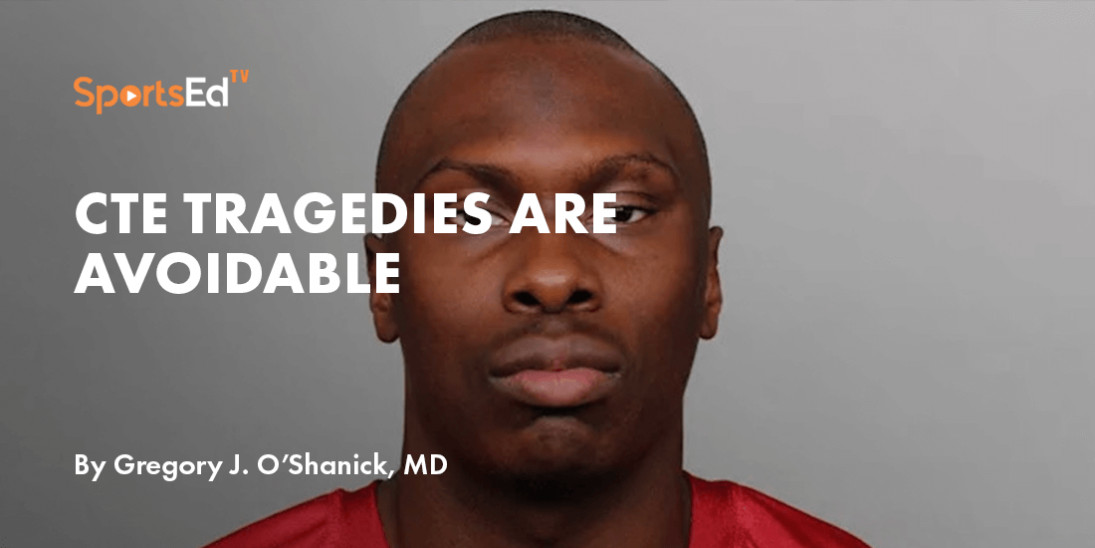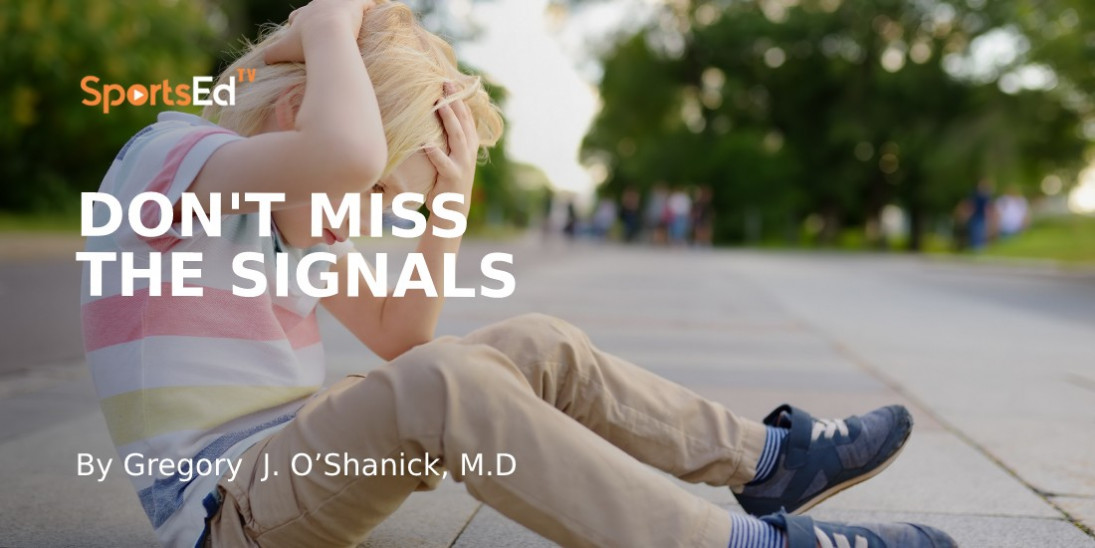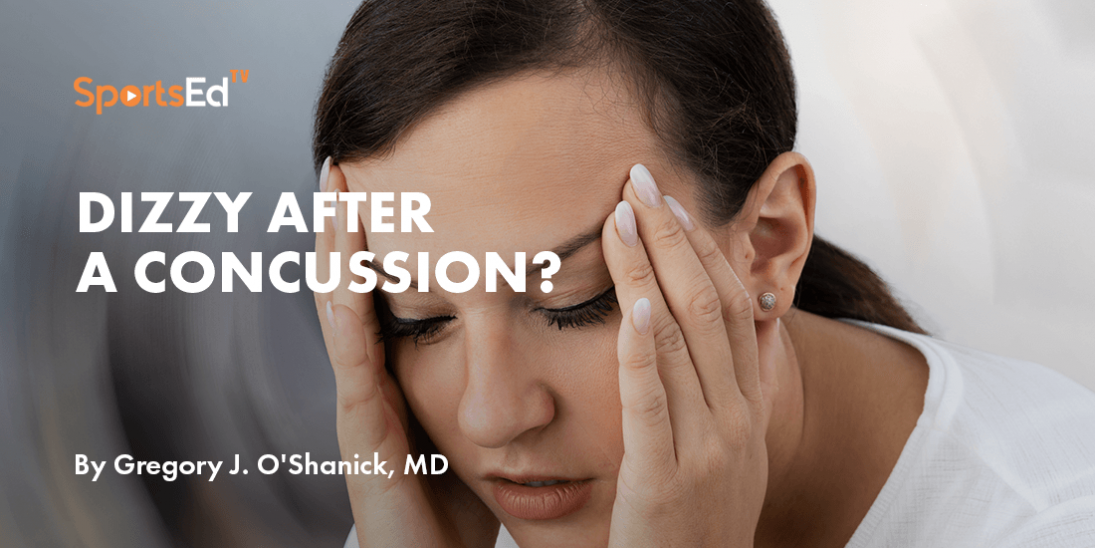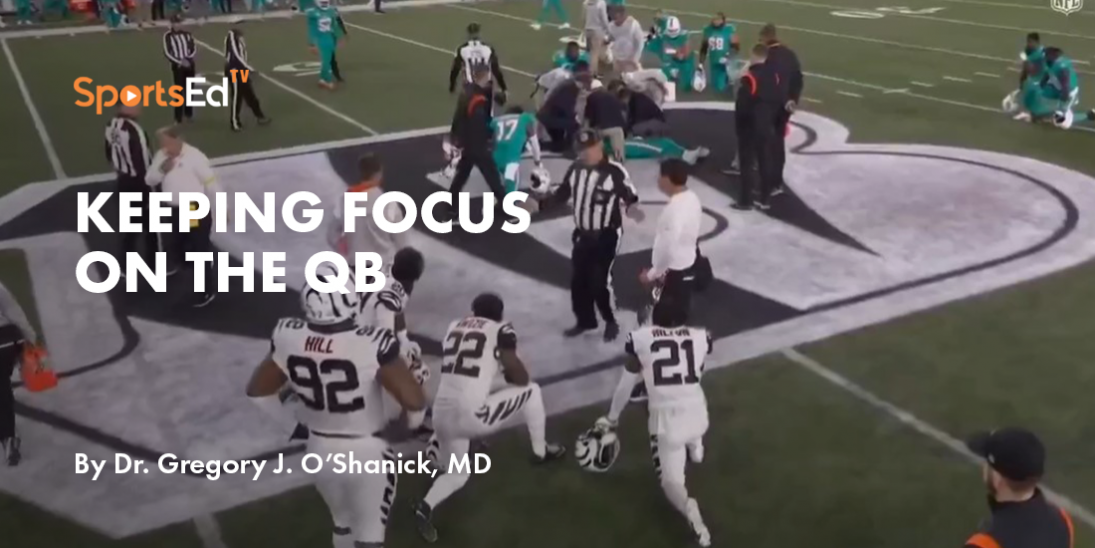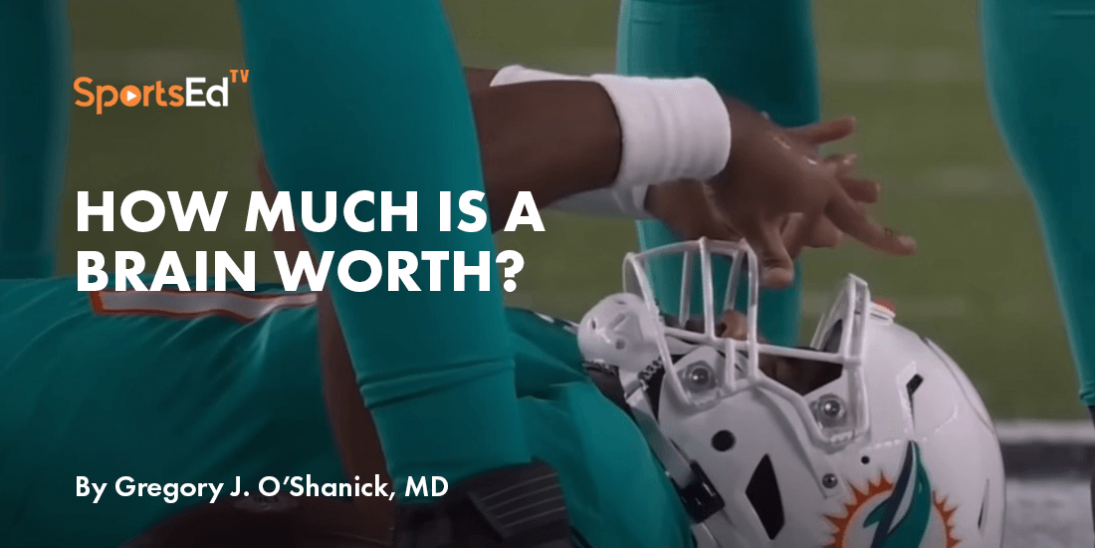Concussion
Welcome and thanks for visiting...

Winter Sports and Concussions
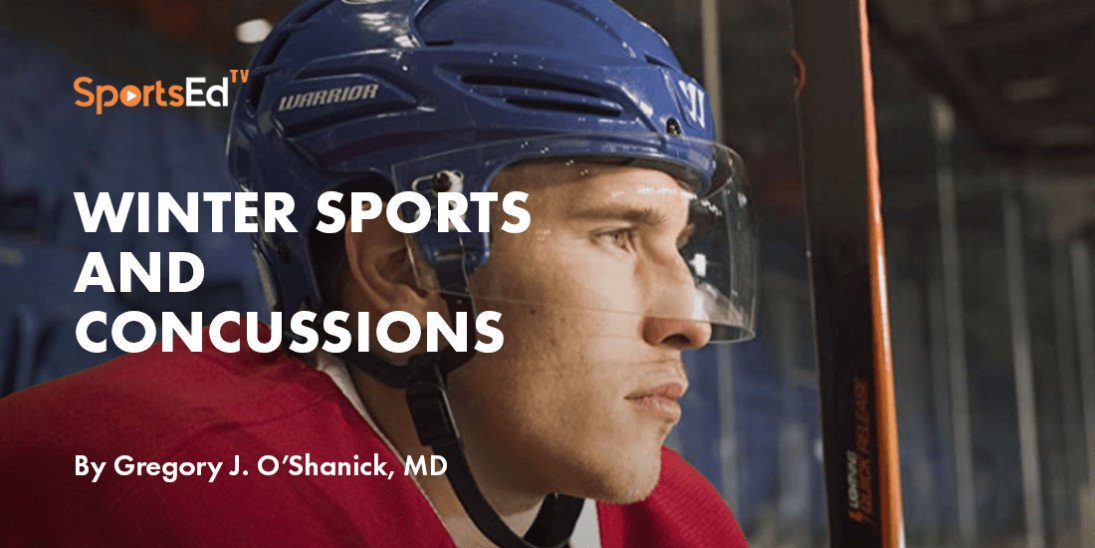
In the past 3 weeks, I’ve seen several individuals in my clinic whose injuries occurred while engaged in winter sports: skiing, snowboarding, sledding, ice skating, etc. While it seems logical that slippery surfaces can and do cause falls leading to impacts to the head, the enjoyment of these activities can, at times, override common sense.
Organized team sports, such as hockey, require the use of protective helmets and include coaching protocols concerning exposure risk, prevention, and age-appropriate contact. Tips from the CDC about getting the proper hockey helmet fit for your athlete’s head include:
- As obvious as it sounds, bring the athlete with you when buying a helmet (surprise gifts are fun, but this is one of those times when personal fit is critical!)
- Be sure the athlete’s hairstyle (long or short) is as it will be worn during the season.
- It should fit snugly all around such that the forehead skin moves when the helmet is moved. (Be sure it’s not so tight as to create headaches for the athlete.)
- The top of the helmet should sit on the top of the head and the rim of the front should sit a finger’s width above the eyebrow.
- Any cage or facemask shouldn’t be further than 1” from the athlete’s face.
- Throat protectors should fit snuggly and completely cover the throat.
- There should be no obstruction to vision in any direction.
- It should have a 4-point chin strap. (Use the “Yawn Test” to check for fit: once tightened, open as if yawning and the helmet should pull down firmly onto the top of the head!)
www.cdc.gov/headsup/pdfs/helmets/headsup_helmetfactsheet_hockey_508.pdf
Helmet use when snowboarding and skiing has been demonstrated to be effective in reducing serious brain injuries in multiple studies. While one perspective in snowboarding has been that helmet use allows one to “push the limits,” for the average enthusiast the extra layer of protection affords improved safety when one experiences the inevitable forces of gravity (ie. bailing) whether engaging in stunting or simply carving down the slope. As compared to other winter sports, these helmets need to be checked frequently for external damage or the effects of impacts on the interior of the shell and replaced if any question of safety exists.
Spontaneous snowfalls bring out the excitement for those of us where this is a rare occurrence and the impulse to engage in a variety of sliding/slipping/sledding adventures takes over. It also reduces the likelihood that one will have a winter sports-specific helmet readily available (multi-sport or cycling helmets are okay substitutes and better than nothing). Here are some safe-sledding tips to avoid concussions while sledding:
- Always have adult supervision of children when sledding
- Avoid sledding in areas with fixed objects (posts, trees, mailboxes, etc.)
- ALWAYS go down feet first!!!!
- Don’t sled on the street or highway
- Never ride a sled being pulled by a motorized vehicle
- Know where the slope ends: NEVER end in a pond, river, parking lot, street
This linked table from the CPSC.GOV website provides information on helmet options for winter activities as well as others.
And parents, when supervising your children, be sure to watch how you place your feet as you walk to avoid potential slip and fall injuries which are now the number one cause of concussions in the US!
Be safe and enjoy winter!!

